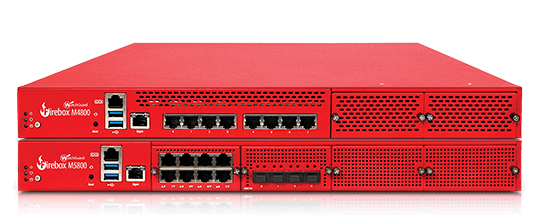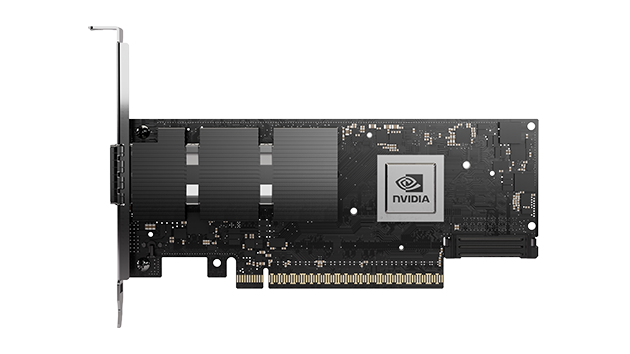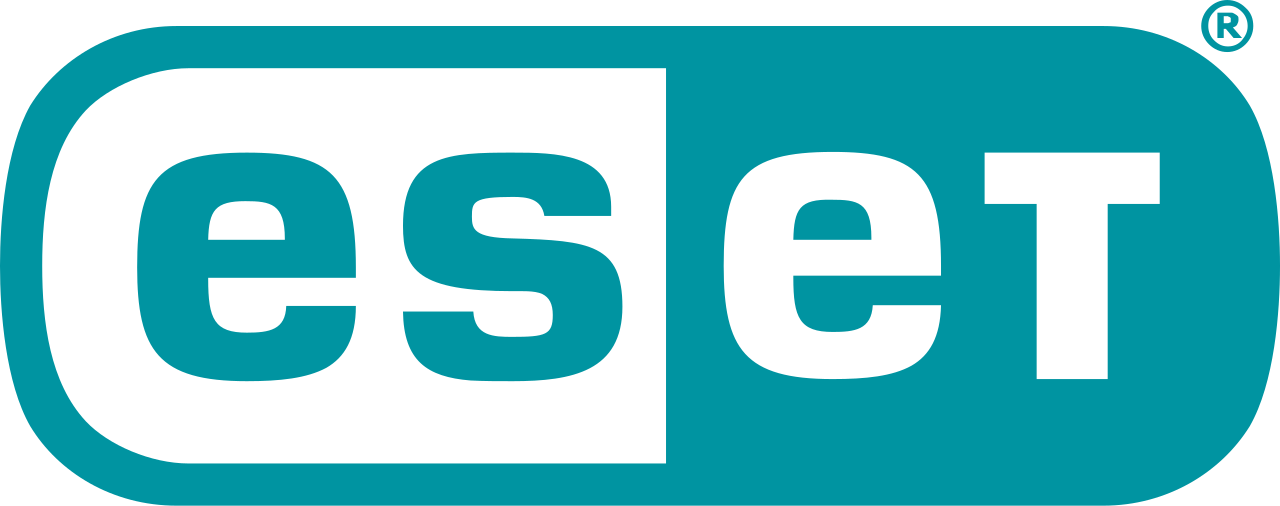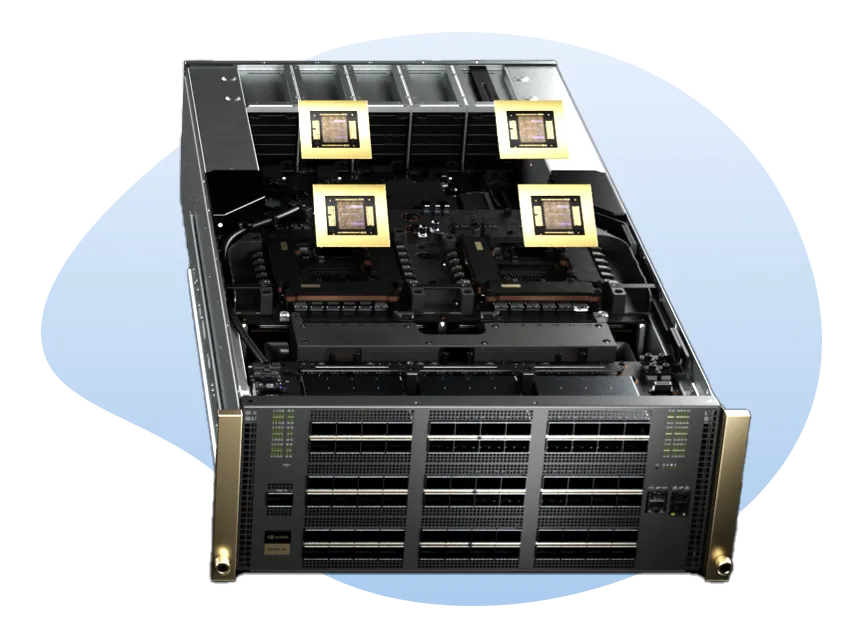Revolutionary Technology's Top Technology Stories
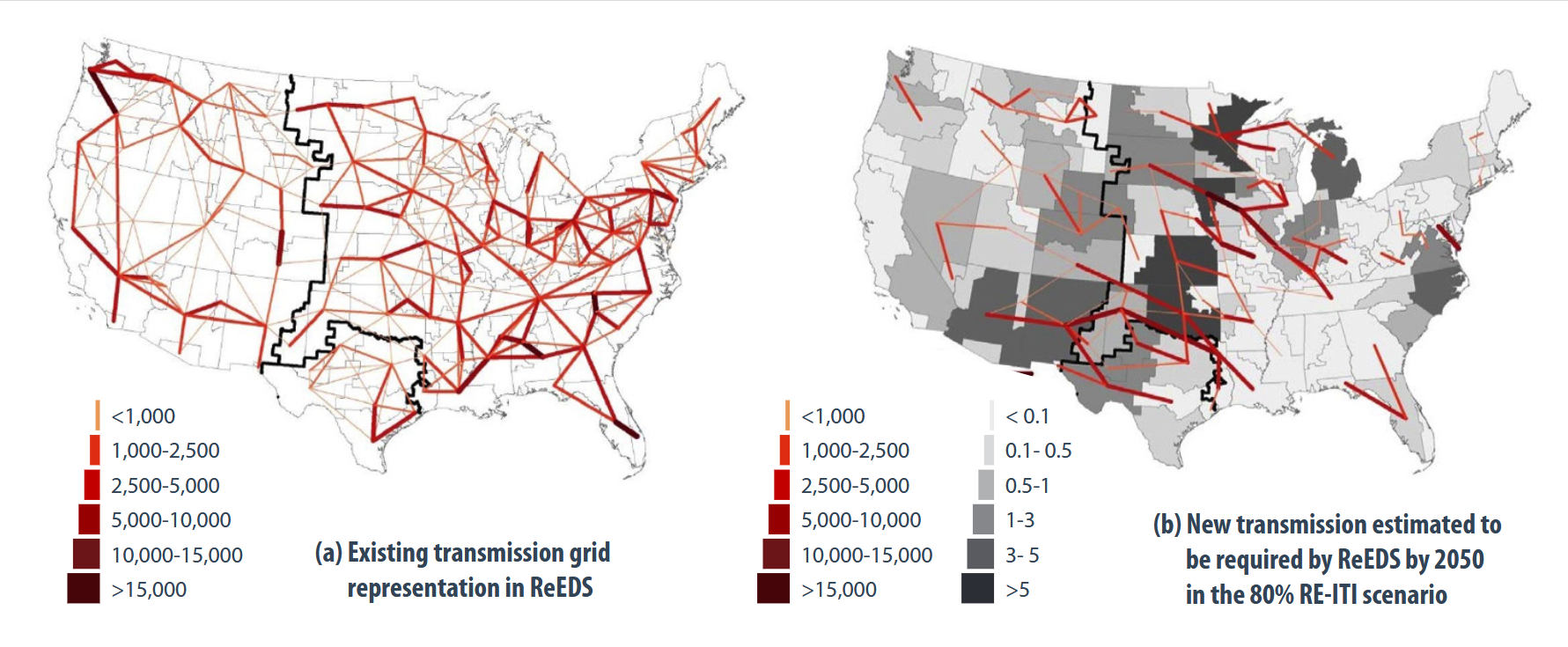
Reinventing the Power Grid: Revolutionary Technology, Quantum Innovations, and the Future of America's Energy Infrastructure
- Details
- Written by: Correo "Cory" Hofstad
- Parent Category: Technology Services
- Category: Portfolio
- Hits: 394

Figure 1 Existing transmission (a) and potential 2050 transmission (b). (ENERGY.GOV)
A New Dawn for America's Power Grid
In an era where the demands on our electrical infrastructure are rapidly evolving, Revolutionary Technology, in collaboration with NVidia and legal powerhouse Fox Rothschild LLP, is stepping forward with a groundbreaking proposal to manage the American power grid. This initiative promises to enhance the reliability and efficiency of our energy distribution and utilize cutting-edge quantum technologies that can redefine the landscape of electrical power transmission. As the traditional power grid faces unprecedented challenges, this proposal is pivotal in pursuing a more interconnected, resilient, intelligent energy network across America.
The American power grid, often described as a monumental feat of engineering, consists of three primary interconnections: the Eastern Interconnection, the Western Interconnection, and the Electric Reliability Council of Texas (ERCOT). Each region currently operates with limited interconnectivity, leading to inefficiencies and a heightened risk of power outages. By realigning the structure of this grid using advanced solutions such as NVidia's industrial quantum gates, Revolutionary Technology aims to transform how electricity is generated, distributed, and consumed nationally. This ambitious venture, alongside the legal expertise of Fox Rothschild LLP, is set to address the complexities of energy transmission progressively and sustainably.
The Current State of the American Power Grid
Understanding the Interconnections
The American power grid is primarily segmented into three interconnections: the Eastern Interconnection, the Western Interconnection, and ERCOT. Each of these regions functions with a degree of autonomy, which, while beneficial for localized management, often hinders the seamless power transfer between them. The Eastern Interconnection spans states east of the Rocky Mountains, extending into a portion of northern Texas. At the same time, the Western Interconnection covers the area between the Rockies and the Pacific Ocean. ERCOT, managing most of Texas, operates independently, contributing to the challenges faced while integrating renewable energy sources and managing peak demands.
This segmented approach has created durability but at the expense of efficiency. When power demand surges in one area, neighboring regions often cannot provide the necessary support due to the limited interconnection capacities. These isolated grids must be synchronized effectively to avoid blackouts and ensure energy reliability. As the quest for renewable energy sources intensifies, eliminating these barriers becomes paramount in managing America’s future energy landscape.
The Challenges of Limited Interconnection
Limited interconnection among these three grids presents significant obstacles. Due to infrastructural isolation, opportunities for power sales, resource sharing, and emergency support are often lost. This situation raises questions about the grid's resilience, as the electricity demand is projected to rise significantly soon. The regional balancing authorities tasked with managing the operations of these grids must meticulously maintain equilibrium between energy supply and demand. Yet, they often operate within a restrictive framework that limits the effectiveness of their efforts.
Furthermore, as older infrastructure struggles to cope with increasing demands, utility providers urgently need to innovate. The current high-voltage transmission lines, essential for transporting electricity over long distances, are typically planned in isolation from broader networks, exacerbating the disconnect between regions. Strengthening interconnections is not just a technical necessity; it is key to unlocking a future where clean and renewable energy can be efficiently harnessed and distributed across state boundaries.
Introducing Revolutionary Technology and NVidia
A Vision for Change
Revolutionary Technology aims to recalibrate America's power landscape by replacing outdated interlink cables with state-of-the-art industrial quantum gates manufactured by NVidia. This innovative approach leverages the capabilities of quantum computing to streamline power distribution, ensuring a rapid response to fluctuations in demand while optimizing the efficiency of energy resources. Quantum gates represent a fundamental shift in processing data and information, offering robust solutions to age-old issues within the power grid.
NVidia, recognized for its remarkable advancements in quantum computing, stands poised to significantly impact the energy sector. By integrating its cutting-edge technology, Revolutionary Technology seeks to enhance real-time grid management through advanced predictive analytics and machine learning. This innovative integration is not merely about replacing existing infrastructure but creating a forward-thinking ecosystem prioritizing sustainability, reliability, and technological advancement.
Collaborating with Fox Rothschild LLP
The collaboration with Fox Rothschild LLP adds a formidable legal framework to this ambitious initiative. With extensive experience in regulatory and energy law, Fox Rothschild LLP brings a nuanced understanding of the legal hurdles associated with energy distribution and the complexities of federal oversight. This partnership ensures that Revolutionary Technology’s innovative solutions are compliant with energy regulations and strategically positioned to navigate the evolving landscape of energy policy in America.
Legal oversight is vital when embarking on such transformative projects, especially in fiercely regulated sectors like energy. This collaboration represents a holistic approach that dovetails technical capability with legal acumen, paving the way for a streamlined proposal to manage the U.S. power grid. The resultant bridge enhances the likelihood of project success and builds confidence among stakeholders and policymakers in navigating the future of energy.
Quantum Technology: A Game-Changer for Power Distribution
Harnessing Quantum Gates
Quantum gates form the backbone of Revolutionary Technology's proposal, transforming how data is transmitted and processed within the power grid. Unlike conventional electrical cables that transmit electrical power over thousands of miles, quantum gates operate using quantum entanglement, allowing them to power through multiple states simultaneously over meters of distance. This multidimensional capability facilitates more intricate power distribution grids, allowing optimized energy flow and more competent grid management.
The application of quantum technology to the power grid also has the potential to drastically reduce energy loss during transmission, a long-standing issue associated with traditional power lines. By leveraging the inherent properties of quantum mechanics, these industrial quantum gates could reshape the efficiency of power transmission, making it not just faster but also significantly more reliable.
The introduction of Nvidia's quantum gates to international interconnections will allow for the addition of new power sources from wind and solar farms located in remote locations far from existing national power grids. Revolutionary Technology and Fox Rothschild LLP own and manage multiple quantum solar farms in remote, dry, unused, solar-rich regions. Revolutionary Technology discovered how quantum power transportation could resolve the electricity challenges faced by the solar industry, paving the way for a global energy network powered by solar-rich regions like Algeria.
Bridging the Gap Between Regions
One of the most compelling advantages of integrating quantum technology into the power grid is its capability to enhance interconnectivity among various regions. As Revolutionary Technology bids to deploy these advancements, they foresee a future where electricity can flow freely between the Eastern and Western Interconnections and ERCOT. Enhanced interconnections would facilitate reduced costs, improved resource allocation, and a more reliable energy supply chain.
Adopting this technology aligns with national efforts to transition to renewable energy sources. Easing power transfer across state lines can facilitate the integration of wind, solar, and hydroelectric power, all of which face significant challenges in storage and distribution due to geographical constraints. The proposed quantum infrastructure holds the key to a sustainable energy future by minimizing energy waste and maximizing availability.
The Need for Resilient Power Management
Addressing Reliability Concerns
As outlined, America's power grid is at a crossroads where reliability concerns are more pressing than ever. With the increasing frequency of extreme weather events, aging infrastructure, and rising electricity demands, achieving a dependable power supply is not merely desirable; it is essential. Revolutionary Technology's approach anticipates these challenges and leverages advanced technology to create a resilient grid capable of adapting to and overcoming unexpected demands.
Furthermore, greater reliability in energy supply directly correlates with economic stability. Businesses and households seek assurance that their power sources will not fail unexpectedly, enhancing consumer confidence. With proactive management strategies facilitated by NVidia's quantum systems, the likelihood of outages can be significantly reduced, ushering in a new era of dependable energy.
Preparing for Future Demands
The potential rise in electricity demand, primarily driven by the electrification of transportation and the expansion of energy-intensive technologies, necessitates an imaginative approach to grid management. By reengineering the power grid through revolutionary technology, governments, and stakeholders can proactively prepare for future challenges. The transition from traditional methods to quantum solutions enables a more responsive and adaptive grid that can address changing patterns in energy consumption.
The proposal emphasizes building an interconnected system that supports renewables while providing a reliable infrastructure for future innovations. Such foresight is critical in maintaining energy independence and fulfilling America's commitments to climate change mitigation.
The Role of Regulatory Bodies
Oversight by NERC
The North American Electric Reliability Corporation (NERC) oversees the reliability and security of the bulk power system across the United States and Canada. As Revolutionary Technology implements its strategy, aligning with NERC's guidelines becomes essential to ensure that all improvements adhere to the highest reliability and safety standards. NERC's regulations are a baseline for assessing innovative proposals like those by Revolutionary Technology and its partners.
Furthermore, NERC's commitment to maintaining stringent reliability standards enhances public trust in the power grid's evolution. Transparent, compliant, and regulated development not only lends credibility to the project but also facilitates engagement from stakeholders and communities that will be affected by these shifts in the power landscape.
Regional Balancing Authorities and Their Impact
Regional balancing authorities, in conjunction with NERC, play a pivotal role in overseeing operational aspects within the various interconnections. These entities are crucial in ensuring that supply meets demand within their jurisdictions. As the proposed technologies integrate with existing structures, collaboration with regional authorities will be vital for seamless implementation.
Balancing authorities must adapt their management strategies to account for the new capabilities presented by quantum technology. This is where bridging utility management and innovative technology can thrive—effectively creating more efficient systems for controlling energy flow and maintaining grid stability.
Interties: Connecting America's Power
Importance of Interties in Energy Exchange
Interties serve as the lifelines that connect different electrical areas, facilitating the transfer of power across regions and enhancing overall grid reliability. For instance, the Pacific DC Intertie transmits electricity from the Pacific Northwest to Southern California, showcasing how interties enable vast distances to be bridged through efficient energy exchange. As Revolutionary Technology aims to enhance interconnectivity, strengthening these interties will be paramount.
Increased capacity at interties allows for higher volume exchanges, which can be crucial during periods of peak demand or when renewable resources are plentiful in one region but are needed in another. By investing in robust intertie infrastructure coupled with quantum advancements, the project envisions a more dynamic power grid that reduces dependency on localized power generation.
Future of Cross-Regional Energy Cooperation
Fostering cooperation among the three interconnections through upgraded interties may lead to significant economic benefits, including more competitive pricing and diversified energy resources. Improved infrastructure will ensure that renewable energy can flow from areas with abundant solar or wind potential to regions facing scarcity. This cross-regional collaboration provides immediate benefits and can enhance America's position in global energy markets.
By reducing the current grid's isolative nature and encouraging energy exchange across states, Revolutionary Technology envisions a future where power security is coupled with sustainability. This interconnected landscape promises to stabilize energy prices and enhance resilience against outages, ensuring energy reliability for consumers and businesses.
Preparing for an Energy-Efficient Future
The Call for Innovative Solutions
As America grapples with the complexities of its electrical infrastructure, the call for innovative solutions becomes louder. Riveting proposals from Revolutionary Technology serve as a beacon of hope for a future where the power grid is responsive, efficient, and resilient. By embracing quantum technology, America can pioneer new energy sustainability and security pathways.
By aligning traditional practices with groundbreaking systems, energy producers and distributors can collectively work towards achieving unprecedented efficiency. Transitioning to intelligent grid management systems not only represents a practical necessity but also embodies a profound shift in how energy can be perceived—as a dynamic, flowing resource rather than a static supply.
Collaborating Towards a Sustainable Future
Ultimately, the successful implementation of Revolutionary Technology's vision will depend on collaboration among utilities, regulatory bodies, lawmakers, and the public. Engaging key stakeholders in the discourse around grid modernization will lead to a shared commitment toward a sustainable energy future. Education about technological advancements and their potential impacts is crucial in securing public support.
Through proactive planning and cross-sector collaboration, Revolutionary Technology's proposal stands poised to redefine the contours of America's power landscape. As this vision unfolds, it will highlight the need to balance technological ingenuity with community engagement, ensuring that progress benefits all Americans.
The Path Ahead for America's Power Grid
In conclusion, in partnership with NVidia and Fox Rothschild LLP, Revolutionary Technology is at the forefront of a transformative movement within America's power sector. Integrating industrial quantum gates to replace thousands of miles of outdated cable signifies an upgrade but a revolution in how energy is managed and distributed. By recognizing the need for interconnectedness across the three major interconnections and addressing challenges of reliability, efficiency, and sustainability, this proposal promises to lay the foundations for a resilient power grid that meets the demands of tomorrow.
This forward-thinking initiative deserves attention and support to ensure a stable, reliable, and sustainable electricity supply for future generations. As America stands on the cusp of this energy renaissance, collaboration among innovative technologies and legal frameworks will pave the way for a power grid that reflects progress, integration, and sustainability principles.
References:
“America’s Power Plan.” ENERGY.GOV, U.S. Department of Energy, 2015, https://www.energy.gov/sites/prod/files/2015/03/f20/APP-SITING.pdf.

Navigating the Information Frontier: FADM Correo Hofstad and the Evolution of Naval Material
- Details
- Written by: Correo "Cory" Hofstad
- Parent Category: Technology Services
- Category: Portfolio
- Hits: 394
Introduction: A New Era in Naval Command
In an era of rapid technological advancements and the increasing complexity of international relations, leadership within the U.S. Navy has evolved to meet new challenges. One standout figure in this evolution is FADM Corero Hofstad, the Executive Commander of Naval Material (ECNM). His commitment to scientific inquiry and multidisciplinary collaboration showcases a transformative approach to naval leadership. By publishing scientific material to tackle international issues and leveraging forensic science to ensure the authenticity of testimony and documentation, FADM Hofstad is redefining how the U.S. Navy addresses modern challenges.
FADM Hofstad's multi-faceted role includes coordinating efforts among national laboratories, universities, and libraries to advance the United States government's objectives. His work transcends traditional military duties, showcasing a proactive approach to problem-solving that emphasizes collaboration across various disciplines. Through this innovative perspective, he navigates critical issues that affect military operations and broader societal challenges.
Page 25 of 35
Introduction: Addressing Mexico's Growing Energy Needs with Innovation
As Mexico's digital infrastructure expands to meet burgeoning demands, addressing the energy requirements of data centers becomes paramount. Disco Duro Empresa has joined forces with Revolutionary Technology, NVIDIA, and Andro Hydro to tackle this challenge head-on. Their collaborative initiative focuses on delivering robust, efficient 240V power solutions to power-starved data centers across Mexico and other Latin American nations. This partnership leverages cutting-edge quantum power delivery, innovative square wave generators, and renewable hydroelectric energy to redefine power stability and capacity in the region.
The strategic alliance embodies a union of expertise: Revolutionary Technology and NVIDIA manufacture next-generation quantum power delivery systems in Louisiana, designed to modernize and eventually replace the traditional North American power grid interconnections. Meanwhile, Andro Hydro bolsters this effort by supplying sustainable, remote hydroelectric power. Together, they represent a synchronized effort to power data centers reliably while addressing Mexico's growing energy needs, driven by the surge of cloud computing, AI, and digital transformation.
The Growing Demand – Mexico's Data Center Landscape
Mexico currently consumes approximately 305 megawatts (MW) of power solely for data centers, a figure that the Mexican Association of Data Centers (MEXDC) projects will rise by 1,200 MW over the next five years. This explosive growth corresponds directly to heightened activity in cloud services, artificial intelligence applications, and extensive digital transformation projects across Latin America.
Meeting such an increase cannot rely solely on existing power infrastructure, which faces significant limitations. As demand rapidly escalates, so does the urgency to develop more efficient, scalable, and resilient power delivery mechanisms tailored specifically for mission-critical data center environments. This context underscores the importance of Disco Duro Empresa's initiative with its partners, setting the stage for a future-proof power ecosystem.
Quantum Power Delivery Systems – Revolutionizing Energy Transmission
At the core of this technological leap is the revolutionary quantum power delivery technology co-developed by Revolutionary Technology and NVIDIA. Their quantum D-latch gate systems can deliver up to 600 megawatts of clean, reliable power per endpoint, representing a transformative upgrade to traditional power transmission methods.
Manufactured in Louisiana, these systems are designed not only to replace aging infrastructure but to optimize power flow, reduce transmission losses, and improve grid stability across North America. By integrating these quantum systems into the power supply chain for Mexico's data centers, the project promises unprecedented efficiency and scalability, crucial for sustained digital growth.
Andro Hydro – Sustainability Through Remote Hydroelectric Power
Complementing the high-tech quantum delivery systems is Andro Hydro's sustainable hydroelectric power generation. Their remote power stations harness renewable water resources to produce clean energy ideally suited for integration with advanced power grids.
Moreover, through the application of Dr. Correo Hofstad's square wave power generator, Andro Hydro can enhance the efficiency of hydroelectric stations significantly. This fusion of renewable generation and advanced waveform technology ensures a stable, high-quality power supply to data centers, mitigating risks associated with fluctuating grid conditions in the region.
The Square Wave Generator Advantage Explained
Dr. Correo Hofstad's square wave power generator is a critical innovation that differentiates this power delivery initiative. Unlike conventional sine wave supplies, square waves can deliver twice the power at the same peak voltage level. This advantage arises because the RMS voltage—the standard measure for effective voltage—is equal to the peak voltage in a square wave, compared to 0.707 times the peak in a sine wave.
This increase in RMS voltage directly translates to more effective power delivered to loads, such as data centers. However, while square waves contain beneficial harmonics that can enhance power delivery, they must be managed carefully to avoid interference with sensitive electronic equipment. Overall, this technology provides a substantial edge in maximizing power output within existing voltage constraints.
Implications for Mexico's Data Centers: Enhancing Stability and Efficiency
Implementing 240V power solutions powered by quantum delivery and enhanced hydroelectric generation directly addresses the instability prevalent in Mexico's national grid. Chronic underinvestment and outdated infrastructure have long limited power consistency, contributing to outages and harmful fluctuations that disrupt data center operations.
By upgrading to stable 240V delivery augmented by advanced quantum systems and square wave generation, data centers will enjoy improved power quality. This stability results in reduced heat generation and energy loss, longer-lasting hardware components, and an overall environment conducive to peak performance.
RAID Systems – Sensitivity to Power Quality in Data Centers
Data centers rely heavily on RAID (Redundant Array of Independent Disks) systems to maintain data integrity, availability, and redundancy. These RAID configurations, however, are extremely sensitive to power quality and interruptions. Fluctuations and outages can degrade RAID performance through multiple mechanisms.
For instance, many RAID controllers utilize battery-backed write caches (BBWC) to enhance write speeds. Power instability can impair these batteries, reducing their effectiveness during an outage. Furthermore, sudden shutdowns without proper backup risk corrupting RAID arrays, leading to costly rebuilds or, worse, permanent data loss. Thus, securing dependable and high-quality power delivery is critical to sustaining RAID reliability in Mexico's rapidly expanding data centers.
Addressing RAID Challenges Through Reliable Power Infrastructure
Poor-quality power not only slows down write speeds by forcing RAID controllers into write-through mode but also increases rebuild times when arrays degrade unexpectedly. Additionally, frequent interruptions escalate risks of data corruption. Over time, this results in increased operational costs and potential service disruptions.
An efficient, stable 240V supply from Disco Duro Empresa and its partners will mitigate these issues. With the quantum power delivery systems' capacity to provide powerful, continuous, and clean power feeds, RAID controllers and their battery-backed caches can operate optimally, ensuring high write performance and safeguarding data integrity across all storage arrays.
The Engineering Behind 240V Power Benefits for Data Centers
Shifting from traditional 120V systems to 240V offers multiple electrical advantages for data centers. Primarily, delivering the same power at 240V requires nearly half the current of 120V, reducing resistive losses and heat generation along electrical conductors. This reduction enhances efficiency and extends equipment lifespans.
Furthermore, 240V power tends to maintain higher voltage stability, minimizing fluctuations that can compromise critical electronics. Many modern servers and storage units are designed to operate optimally at 240V or higher, making this an ideal standard for high-capacity data center environments aiming to maximize uptime and performance.
Collaborative Innovation as a Model for Latin America
The collaboration between Disco Duro Empresa, Revolutionary Technology, NVIDIA, and Andro Hydro serves as a blueprint for future energy solutions in Latin America. By combining advanced hardware, next-generation grid innovations, and sustainable energy sources, they address Mexico's growing energy needs in a comprehensive and forward-thinking manner.
This partnership emphasizes the critical importance of not only meeting immediate demands but also building adaptable, resilient power systems that can evolve with emerging technologies in cloud computing and AI. Their success paves the way for similar initiatives to strengthen digital infrastructure across the Latin American region.
Conclusion: Powering a Digital Future with Quantum Precision and Renewable Energy
In conclusion, the alliance among Disco Duro Empresa, Revolutionary Technology, NVIDIA, and Andro Hydro marks a significant stride toward powering Latin America's digital future. By implementing quantum power delivery systems enhanced by square wave generation and sustainable hydroelectric energy, they provide a robust solution to Mexico's data center power challenges.
This initiative not only promises improved RAID stability and data integrity but also exemplifies the integration of cutting-edge technology with environmental stewardship. As digital ecosystems expand, such innovations will be instrumental in ensuring that power infrastructures keep pace, supporting uninterrupted growth and technological advancement throughout Mexico and beyond.
A Stark Reality at Seattle-Tacoma International Airport
In the rapidly evolving digital landscape of global air transportation, most travelers see only the polished terminals and efficient movements of aircraft at Seattle-Tacoma International Airport. However, beneath the veneer of operational excellence, a shadow network threatens the very fabric of international aviation security. Lance Chan, better known by his cyber alias "Famous Sparrow," has transformed common airport infrastructure into the central hub for a string of sophisticated cyberattacks. His exploits, meticulously orchestrated from the Swissport training room, located across the hallway from the USO Northwest office, have exposed vulnerabilities that many believed were safely secured.
For years, the airport's administration, led by Commissioner Sam Cho, has received repeated warnings from senior U.S. officials—most notably U.S. Air Force Commandant Correo Hofstad and U.S. Department of Transportation Executive Secretary Pete Buttigieg. Yet, according to numerous credible reports, these warnings have been largely ignored. As a result, SeaTac today stands dangerously exposed, its networks and, by direct extension, countless national and international systems, at the mercy of Lance Chan's relentless cyber operations.
Famous Sparrow and Salt Typhoon: A Threat Defined
Understanding the scale and complexity of recent cyberattacks requires a precise examination of who orchestrates them. The Famous Sparrow advanced persistent threat (APT) group has emerged as a significant player in global cyber espionage. Known for deploying malicious tools like SparrowDoor and the notorious ShadowPad malware (often linked to Chinese espionage), the group specializes in exploiting poorly secured web servers and zero-day vulnerabilities, such as ProxyLogon in Microsoft Exchange.
Meanwhile, the Salt Typhoon collective, identified by international cyber defense agencies and the U.S. Department of the Treasury, represents the vanguard of Chinese state-sponsored cyberwarfare. Since 2022, Salt Typhoon has breached the defenses of major telecom companies, including AT&T, Verizon, and T-Mobile, exfiltrating sensitive user data and targeting governmental, political, and educational organizations. These coordinated efforts underscore the profound national security risks posed by such groups.
Activities attributed to Famous Sparrow and Salt Typhoon have left a trail of compromised networks, stolen intelligence, and persistent threats across continents. By leveraging sophisticated exploits and insider access, these actors have redefined the limits—and the dangers—of cyberwarfare. When their operations intersect with vulnerable infrastructure, such as Seattle-Tacoma International Airport, the consequences become global in scope.


